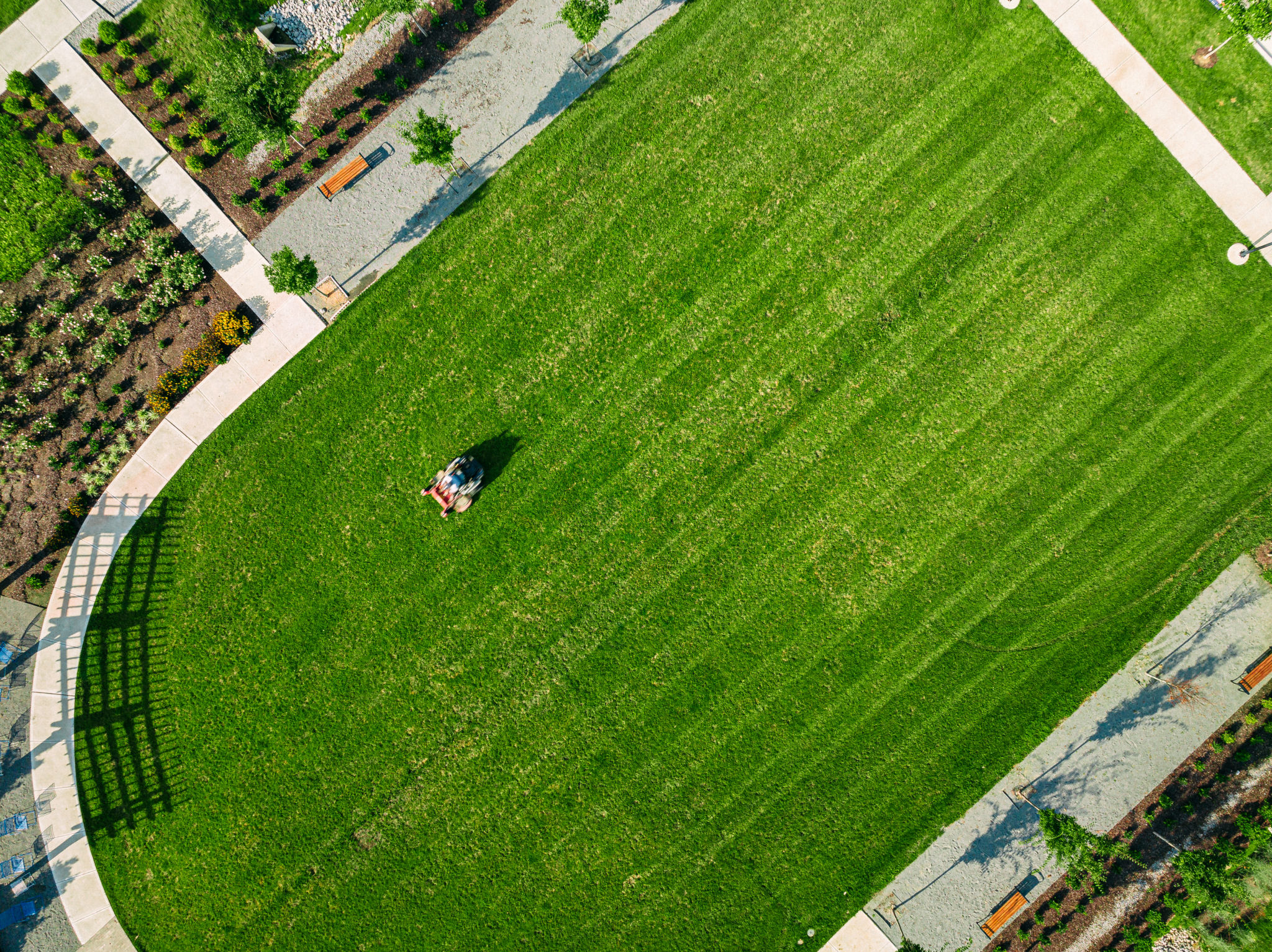The Ultimate Guide to Grass Maintenance in Wilmington
Understanding Wilmington's Climate
Wilmington's climate is characterized by humid summers and mild winters, influencing how you maintain your lawn throughout the year. With average temperatures ranging from 48°F in January to 81°F in July, it is essential to adapt your grass maintenance practices accordingly.

Choosing the Right Grass Type
The first step in maintaining a healthy lawn is selecting the appropriate grass type. In Wilmington, warm-season grasses like Bermuda, Zoysia, and St. Augustine thrive due to their tolerance for heat and humidity. Each has its unique characteristics, so consider factors like shade tolerance and maintenance requirements when choosing.
Seasonal Grass Maintenance
Proper grass maintenance varies with the seasons. In the spring, focus on dethatching and aerating your lawn to promote healthy growth. As summer approaches, regular watering becomes crucial to combat the heat. Aim to water your lawn early in the morning to reduce evaporation.

Fertilizing for Optimal Growth
Fertilization is a key component of grass maintenance. In Wilmington, it is best to fertilize warm-season grasses in late spring and early summer when they are actively growing. Use a balanced fertilizer and follow label instructions to avoid over-fertilization, which can harm your lawn.
Mowing Practices for a Lush Lawn
Regular mowing is essential to keep your lawn healthy and attractive. For most warm-season grasses, maintain a height of 1 to 2 inches. Be sure to keep your mower blades sharp to ensure a clean cut and reduce stress on the grass.

Pest and Weed Control
Pest and weed management is crucial to maintaining a pristine lawn. Common pests in Wilmington include grubs and chinch bugs, which can damage grass roots. Use integrated pest management strategies to control infestations. Weeds can be managed with pre-emergent herbicides applied in early spring.
Preparing for Winter
As the cooler months approach, prepare your lawn for dormancy. Gradually reduce watering and mowing frequency as temperatures drop. Consider overseeding with ryegrass for winter color if desired. This will help maintain a vibrant look even during the colder months.

Regular Maintenance Tips
Consistent care is key to a healthy lawn. Implement a regular schedule for watering, fertilizing, and mowing to keep your grass in top condition. Monitor for signs of stress, such as yellowing or thinning patches, which could indicate underlying issues that need addressing.
Conclusion
Maintaining a lush, green lawn in Wilmington requires understanding local climate conditions and adjusting your care routine seasonally. By selecting the right grass type, adhering to seasonal maintenance practices, and being vigilant about pest control, you can achieve a beautiful outdoor space year-round.